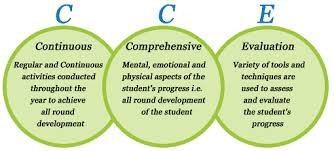Assessments in Mathematics
Reference:- NCERT module 8 –Pedagogy of mathematics
Assessment vs Evaluation
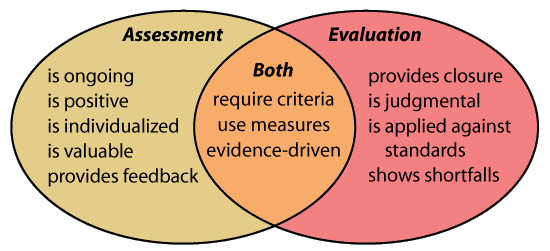
Evaluation ascertains whether the standards are met or not. The purpose of assessment is formative, i.e. to increase quality whereas evaluation is all about judging quality, therefore the purpose is summative. Assessment is concerned with process, while evaluation focuses on product.
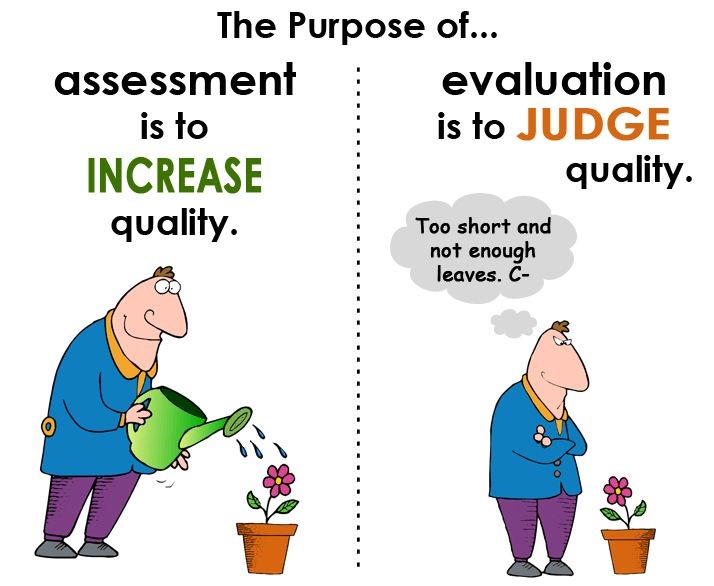
Child friendly Assessment
Children feel enjoy, engage and love learning.
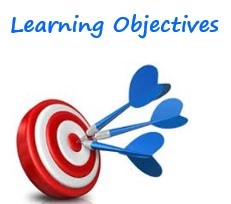
The knowledge in mathematics and how to teach mathematics together is commonly known as Pedagogical Content Knowledge (PCK). Following are some key actions required for making mathematics joyful —(assessment in mathematics)
• Participation
• Engagement
• Observation
• Making hypothesis and verifying them
• Problem posing
• Problem solving
• Visualisation and representation
• Making connections
• Systematic reasoning
• Mathematical communication
Learning Outcomes –
(As per NCERT)
class-wise Learning outcomes
Class I
The learner
• classifies objects into groups based on a few physical attributes, such as shape, size and other observable properties including rolling and sliding recites number names and counts objects up to 20, concretely, pictorially and symbolically
• works with numbers 1 to 20
––counts objects using numbers 1 to 9
––compares numbers up to 20. For example, tell whether number of girls or number of boys is more in the class
• applies addition and subtraction of numbers 1 to 20 in daily life
––constructs addition facts up to 9 by using concrete objects.
For example to find 3+3 counts 3 steps forward from 3 and concludes that 3+3=6
––subtracts numbers using 1 to 9. For example the child takes out 3 objects from a collection of 9 objects and counts the remaining to conclude 9-3=6
––solves day-to-day problems related to addition and subtraction of numbers up to 9
• recognises numbers up to 99 and writes numerals
• describes the physical features of various solids/shapes in her own language. For example, a ball rolls, a box slides etc.
• estimates and measures short lengths using non-uniform units like a finger, hand span, length of a forearm, footsteps, etc.
• observes, extends and creates patterns of shapes and numbers. For example, arrangement of shapes/objects/ numbers, etc.
––1,2,3,4,5,…
––1,3,5,…
––2,4,6,…
––1,2,3,1,2,…, 1,…3,…
• collects, records (using pictures/numerals) and interprets simple information by looking at visuals. (For example in a picture of a garden the child looks at different flowers and draws inference that flowers of a certain colour are more).
• develops the concept of zero
Class II
The learner
• works with two digit numbers
––reads and writes numerals for numbers up to 99
––uses place value in writing and comparing two digit numbers.
––forms the greatest and smallest two digit numbers (with and without repetition of given digits)
––solves simple daily life problems/situations based on addition of two digit numbers
––solves daily life situations based on subtraction of two digit numbers
––represents an amount up to Rs.100 using 3-4 notes and coins (of same/ different denominations of play money
• describes basic 3D and 2D shapes with their observable characteristics
––identifies basic 3D-shapes such as cuboid, cylinder, cone
and sphere by their names
––distinguishes between straight and curved lines
––draws/ represents straight lines in various orientations
(vertical, horizontal, slant)
• estimates and measures length/distances and capacities of containers using uniform non-standard units like a rod/ pencil, cup/ spoon/bucket etc.
• compares objects as heavier/lighter using simple balance.
• identifies the days of the week and months of the year
• sequences the events occurring according to their duration in terms of hours/days; for example, Does a child remain in school for a longer period than at home?
• draws inference based on the data collected such as the number of vehicles used in Samir’s house is more than that in Angelina’s.
Class III
The learner
• works with three digit numbers
––reads and writes numbers up to 999 using place value
––compares numbers up to 999 for their value based on their place value
––solves simple daily life problems using addition and subtraction of three digit numbers with and without regrouping, sums not exceeding 999
––constructs and uses the multiplication facts (tables) of 2, 3, 4, 5 and 10 in daily life situations
––analyses and applies an appropriate number operation in the situation/context
––explains the meaning of division facts by equal grouping/
sharing and finds it by repeated subtraction. For example, 12÷3 can be explained as number of groups of 3 to make 12 and finds it as 4 by repeatedly subtracting 3 from 12
• adds and subtracts small amounts of money with or without regrouping
• makes rate charts and simple bills
• acquires understanding about 2D shapes
––identifies and makes 2D-shapes by paper folding , paper cutting on the dot grid, using straight lines etc.
––describes 2D shapes by the number of sides, corners and diagonals. For example, the shape of the book cover has 4
sides, 4 corners and two diagonals
––fills a given region leaving no gaps using a tile of a given shape
• estimates and measures length and distance using standard units like centimetres or metres and identifies relationships
• weighs objects using standard units– grams and kilograms using simple balance
• compares the capacity of different containers in terms of non-standard units
• adds and subtracts measures involving grams & kilograms in life situations
• identifies a particular day and date on a Calendar
• reads the time correctly to the hour using a clock/watch
• extends patterns in simple shapes and numbers
• records data using tally marks, represents pictorially and draws conclusions.
Class IV
The learner
• applies operations of numbers in daily life
––multiplies 2 and 3 digit numbers
––divides a number by another number using different methods like — pictorially (by drawing dots), equal grouping or repeated subtraction and by using inter-relationship between division and multiplication
––creates and solves simple real life situations/problems including money, length, mass and capacity by using the four operations
• works with fractions
––identifies half, one-fourth, three-fourths of a whole in a given picture by paper folding and also in a collection of objects.
––represents the fractions as half, one-fourth and three fourths by using numbers/numerals
––shows the equivalence of a fraction with other fractions
• acquires understanding about shapes around her/him
––identifies the centre, radius and diameter of the circle
––finds out shapes that can be used for tiling
––makes cube/cuboids using the given nets
––shows through paper folding/paper cutting, ink blots, etc.
the concept of symmetry by reflection
8––draws top view, front view and side view of simple objects
• explores the area and perimeter of simple geometrical shapes (triangle, rectangle
• square) in terms of given shape as a unit. For example, the number of books that can completely fill the top of a table.
• converts metre into centimetre and vice-versa
• estimates the length of an object/distance between two locations, weight of various objects, volume of liquid, etc., and verifies them by actual measurement
• solves problem involving daily life situations related to length, distance, weight, volume and time involving four basic arithmetic operations
• reads clock time in hour and minutes and expresses the time in a.m. and p.m.
• relates to 24-hr-clock with respect to 12 hr-clock
• calculates time intervals/duration of familiar daily life events by using forward or backward counting/addition and subtraction
• identifies the pattern in multiplication and division (up to multiple of 9)
• observes, identifies and extends geometrical patterns based on symmetry
• represents the collected information in tables and bar graphs and draws inferences from these
Class V
The learner
• works with large numbers
––reads and writes numbers bigger than 1000 being used in her/his surroundings
––performs four basic arithmetic operations on numbers beyond 1000 by
––understanding of place value of numbers
––divides a given number by another number using standard algorithms
––estimates sum, difference, product and quotient of numbers and verifies the same using different strategies like using standard algorithms or breaking a number and then using operation. For example, to divide 9450 by 25, divide 9000 by 25, 400 by 25, and finally 50by 25 and gets the answer by adding all these quotients.
• acquires understanding about fractions
––finds the number corresponding to part of a collection
––identifies and forms equivalent fractions of a given fraction
––expresses a given fraction 1/2, 1/4, 1/5 in decimal notation and vice-versa. For example, in using units of length and money– half of Rs.10 is Rs.5
––converts fractions into decimals and vice versa
• explores idea of angles and shapes
––classifies angles into right angle, acute angle, obtuse angle and represents the same by drawing and tracing
––identifies 2D shapes from the immediate environment that have rotation and reflection symmetry like alphabet and shapes
––makes cube, cylinder and cone using nets designed for this purpose
• relates different commonly used larger and smaller units of length, weight and volume and converts larger units to smaller units and vice-versa
• estimates the volume of a solid body in known units like volume of a bucket is about 20 times that of a mug
• applies the four fundamental arithmetic operations in solving problems involving money, length, mass, capacity and time intervals
• identifies the pattern in triangular number and square number
• collects data related to various daily life situations, represents it in tabular form and as bar graphs and interprets it.
Assessment in Mathematics at elementary Stage
The focus of assessment of mathematics learning at primary stage should be on how children learn. The assessment would be on
• understanding of how children learn mathematics;
• development of the mathematical concept and their application in daily life.
• development of the social personal qualities of the children.
The most common question asked while teaching mathematics at elementary stage is : “ What should be assessed with regard to the mathematical learning?”
Children must find mathematics as something to “talk about to communicate through, to discuss among themselves, to work together on”.
The student must be assessed with regard to the following capabilities
Are they able to:
• Consolidate and reason out mathematical facts, figures, etc.?
• Use abstraction to perceive relationships, to see structures, to argue logically the truth and falsity of statements?
• Understand the basic structure of different branches of mathematics, such as arithmetic, algebra, geometry, data handling, mensuration, etc.
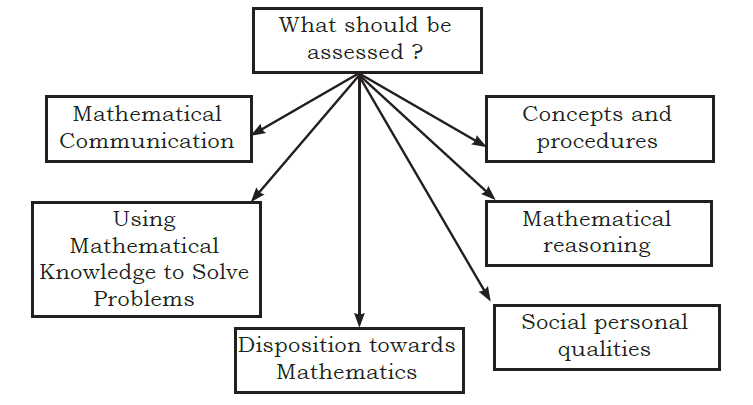

School based assessment (SBA)
School-based assessment (SBA) is an assessment which is embedded in the teaching and learning process.

Characteristic of School based assessment
School based assessment has a number of important characteristics which distinguish it from other forms of assessment:
It involves the teacher from the beginning to the end: from planning the assessment program , to identifying and/or developing appropriate assessment tasks right through to making the assessment judgments.
It allows for the collection of a number of samples of student performance over a period of time.
It can be adapted and modified by the teacher to match the teaching and learning goals of the particular class and students being assessed.
It is carried out in ordinary classrooms.
It is conducted by the students’ own teacher.
It involves students more actively in the assessment process, especially if self and/or peer assessment is used in conjunction with teacher assessment.
It allows the teacher to give immediate and constructive feedback to students.
It stimulates continuous evaluation and adjustment of the teaching and learning programme.
It complements other forms of assessment, including external examinations.
Reference:- http://www.hkeaa.edu.hk/DocLibrary/SBA/HKDSE/Eng_DVD/sba_definition.html
